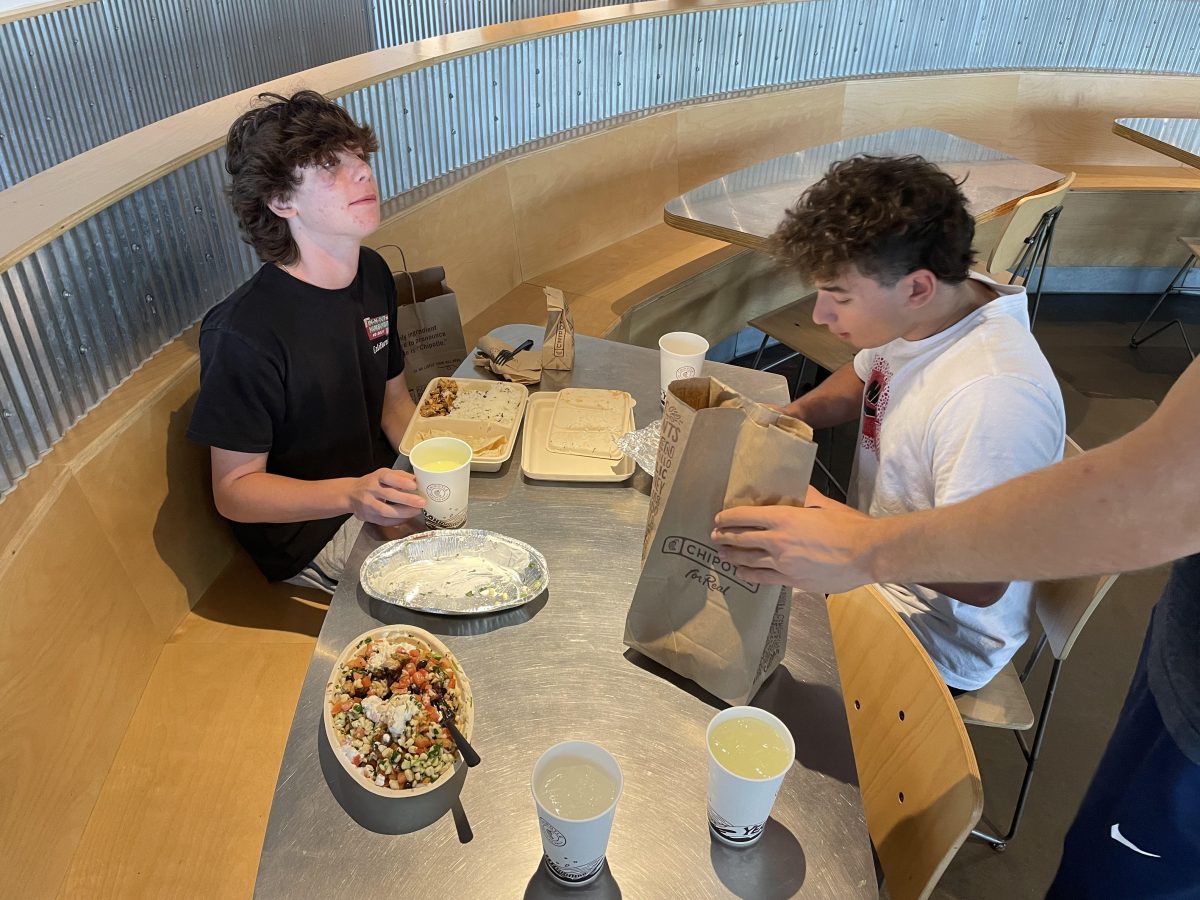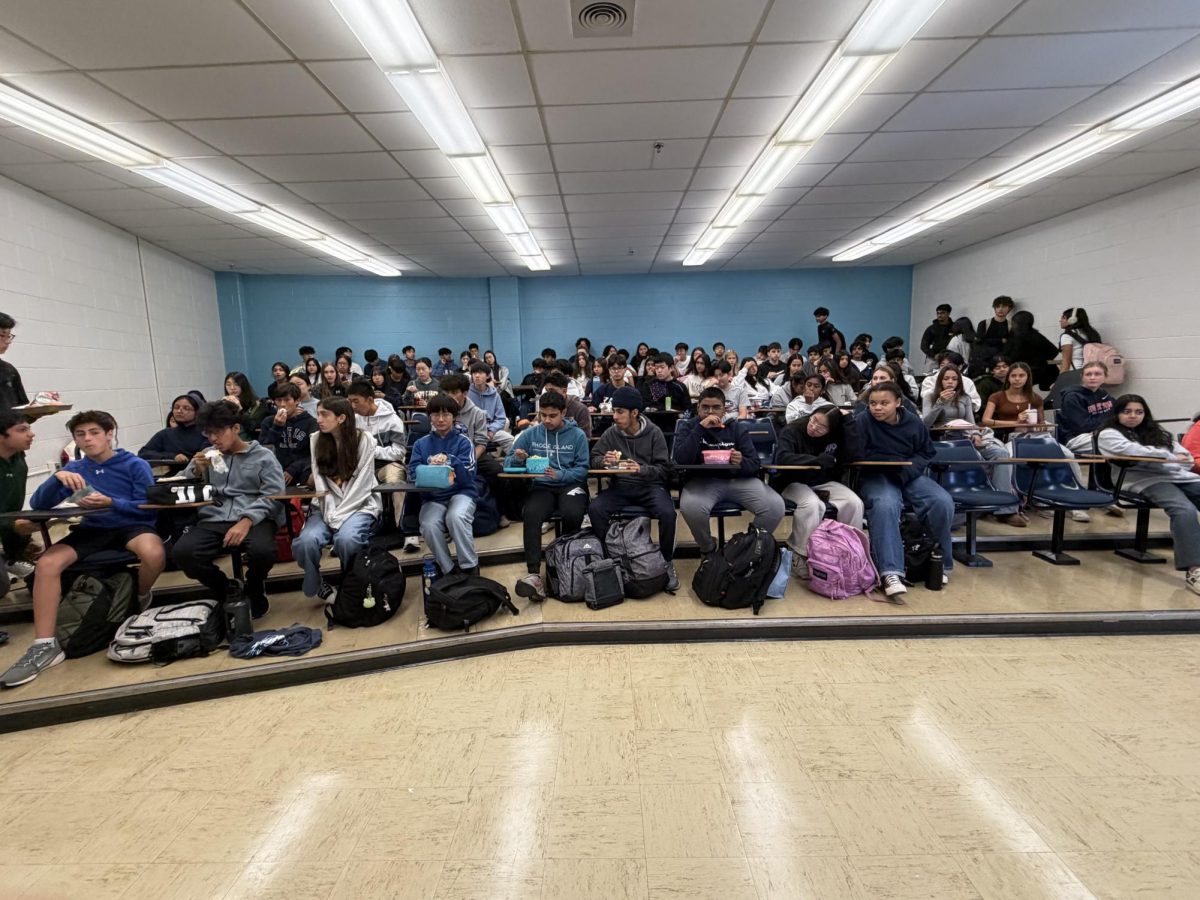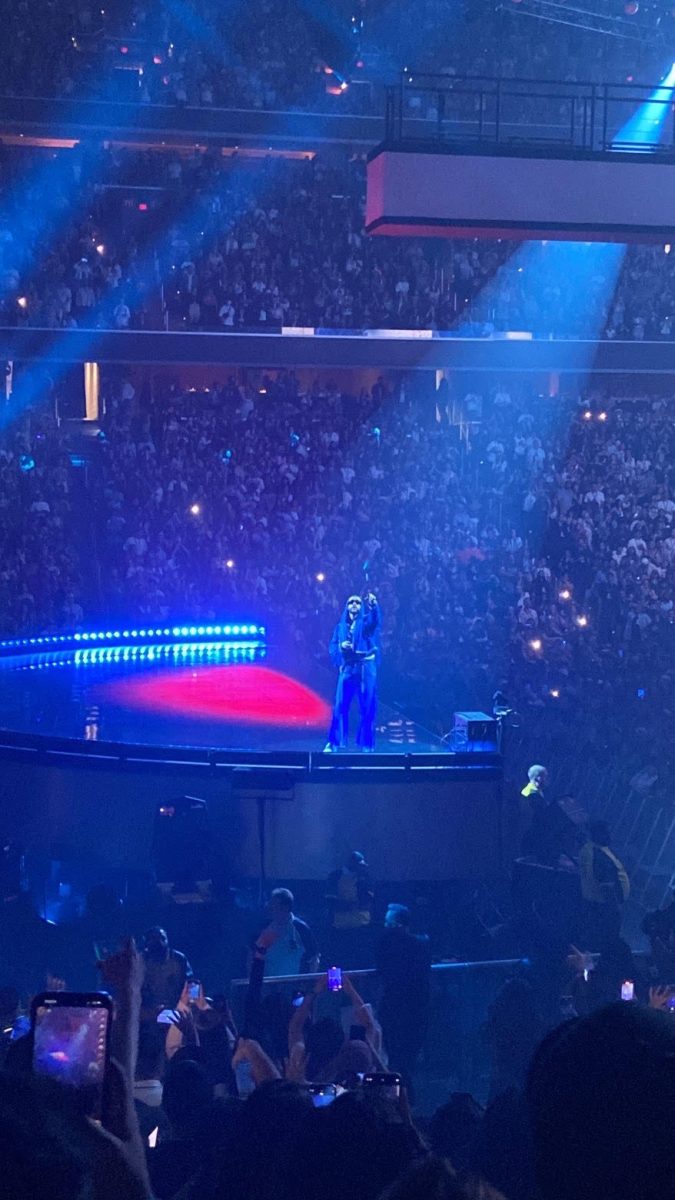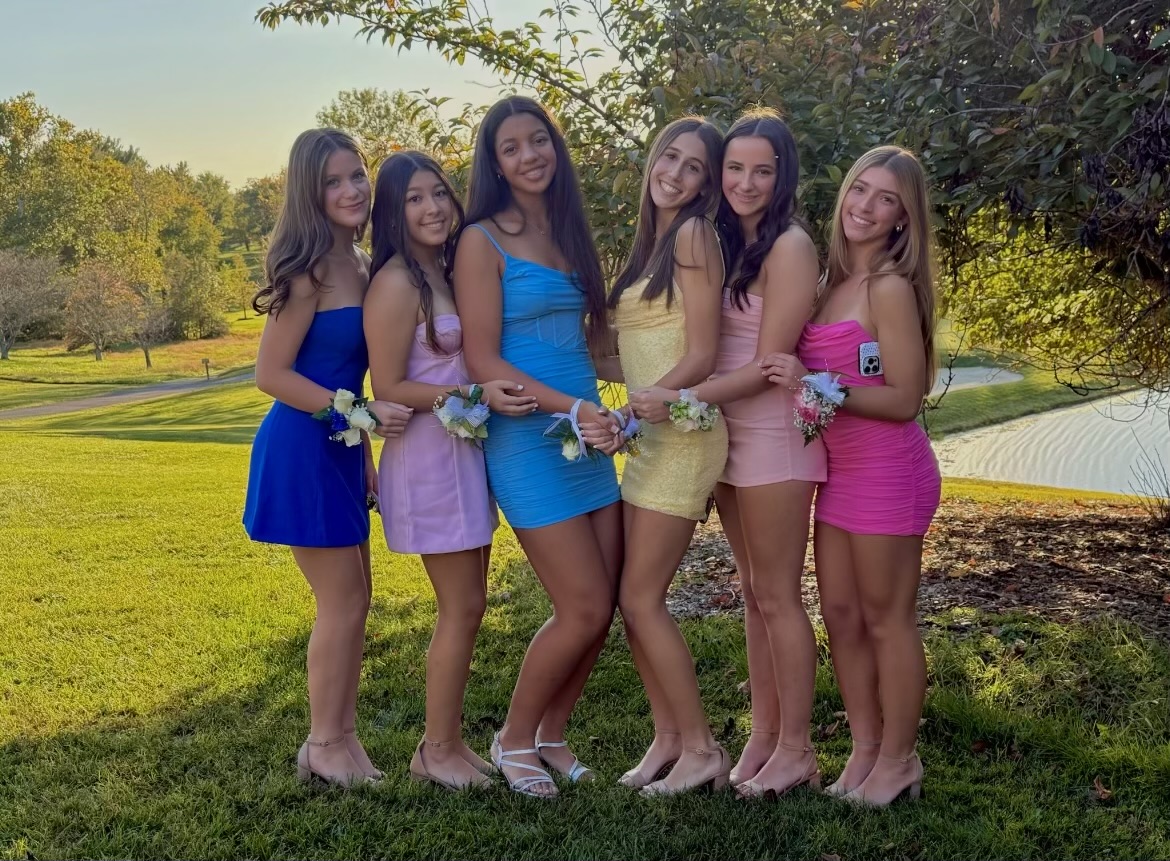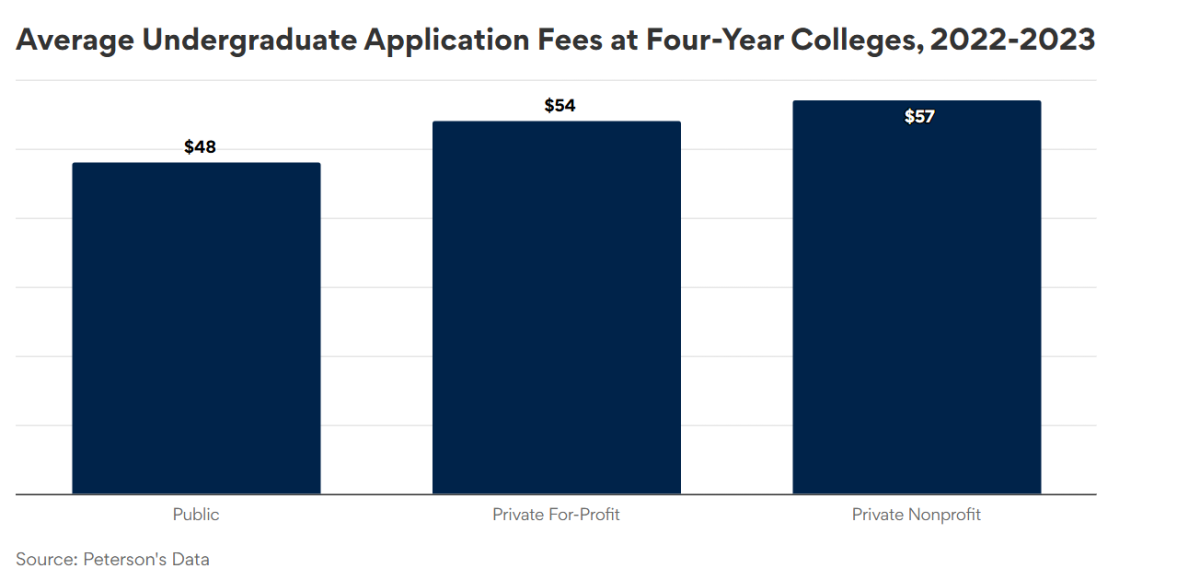After a long day at school, students need an energy boost to power through the end of the day. The average high school schedule has lunch at 11:23 a.m. This means the students must go the next four and a half to five hours – six to seven if there is an after-school activity – before eating again. This leads to hungry students when the school day ends. Students may get home and do their homework and, by the time they finish the work, it’s dinner time. But for the majority, the after-school snack is a must.
From leftovers to post-school Fallsgrove, the options for snacks range widely. From Monday to Friday, there is a different snack each day. Cereal and microwave meals are the way to go early in the week. In the middle of the week, the shift is made toward leftovers. If you are lucky, Chipotle or even Chick-fil-A is the post-school snack.
Freshman Nathan Neches prefers larger snacks. Neches’ go-to is Pirate Booty. “After-school snacks are a must-have after a long, hard school day,” Neches said.
Students are running on an empty stomach by the time the school day finishes. That lunch sandwich or pizza slice is long gone by 3 p.m.. Without a snack, there’s a risk of serious energy loss, cranky moods, sluggishness when trying to do homework, and a general sense of laziness. For students with after-school activities like a sport, dance, or music lesson, there’s no way they’ll perform their best on an empty stomach.
Schoolwork is mentally exhausting and takes a lot of energy to complete. An after-school snack can give students’ brains the extra fuel to stay sharp and focused. According to “Healthy After-School Snacks & Activities” on extension.sdstate.edu, foods rich in protein, healthy fats, and complex carbs, like peanut butter on whole-grain toast or a handful of nuts with some fruit, offer sustained energy that doesn’t lead to a sugar crash an hour later, giving energy for the rest of the day.
An example of a snack that would not provide the correct nutrients that students need is a bag of potato chips and a soda. The snacks that would meet those needs include simple options like “apple slices with cheese, rice cakes with veggie cream cheese, or hummus with veggies work well. These snacks give kids important nutrients without filling them up with unhealthy foods,” according to the sdstate article.
Students are in a growth stage of life and consuming enough nutrition-filled foods to meet daily calorie needs can be challenging. According to the school’s nutrition teacher, Kristen Daugherity, consuming snacks after school could be a helpful strategy to help teens achieve this. “It is important that teens focus on consuming nutrient-dense snack foods that will support the growth & repair process,” Daugherity said.
While size definitely matters relating to the snack of choice, it would be better “to focus on consuming better quality food vs focusing on quantity. Real whole foods naturally provide more satiety than processed foods, making it a better after-school snack overall,” Daugherity said.
Whether it’s a homemade smoothie, veggies with hummus, or a classic PB&J, after-school snacks are a must-have in every student’s day. It’s not about spoiling dinners. It’s about setting up for success in whatever comes after school hours.


